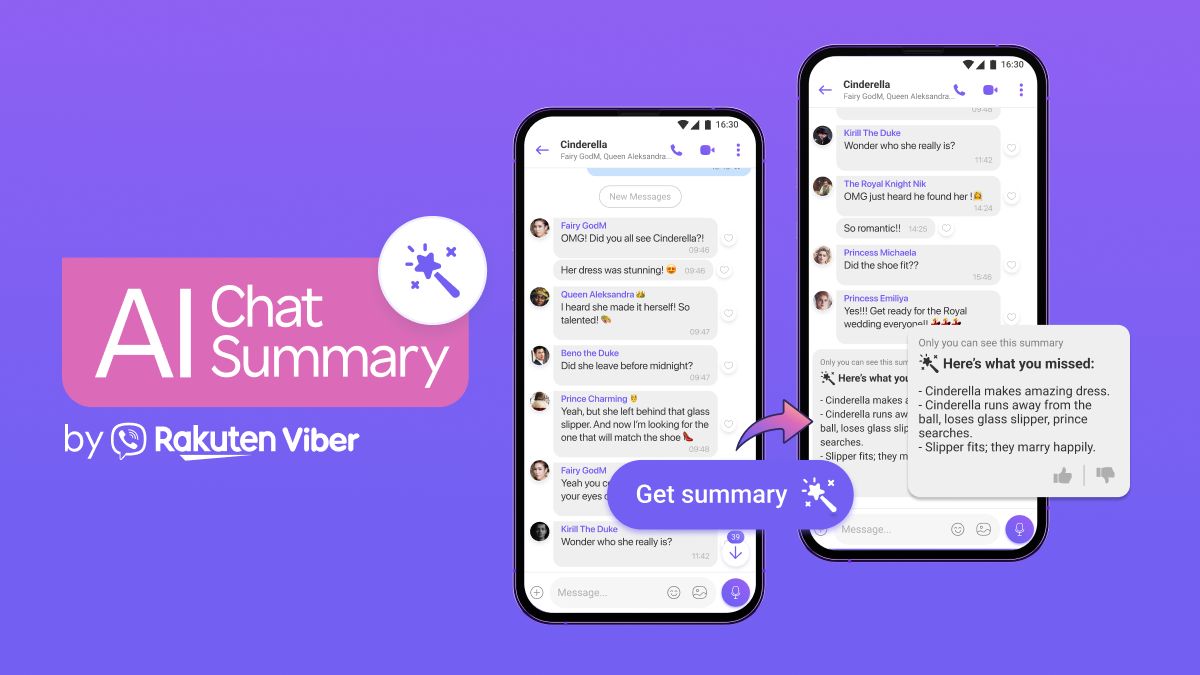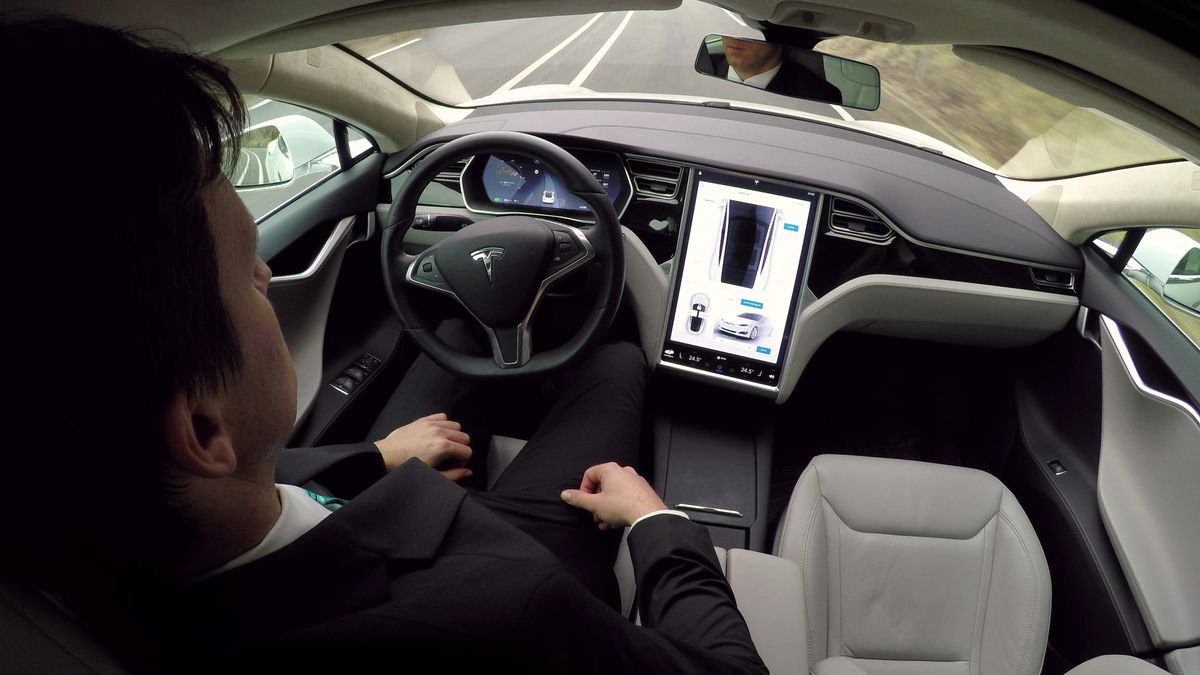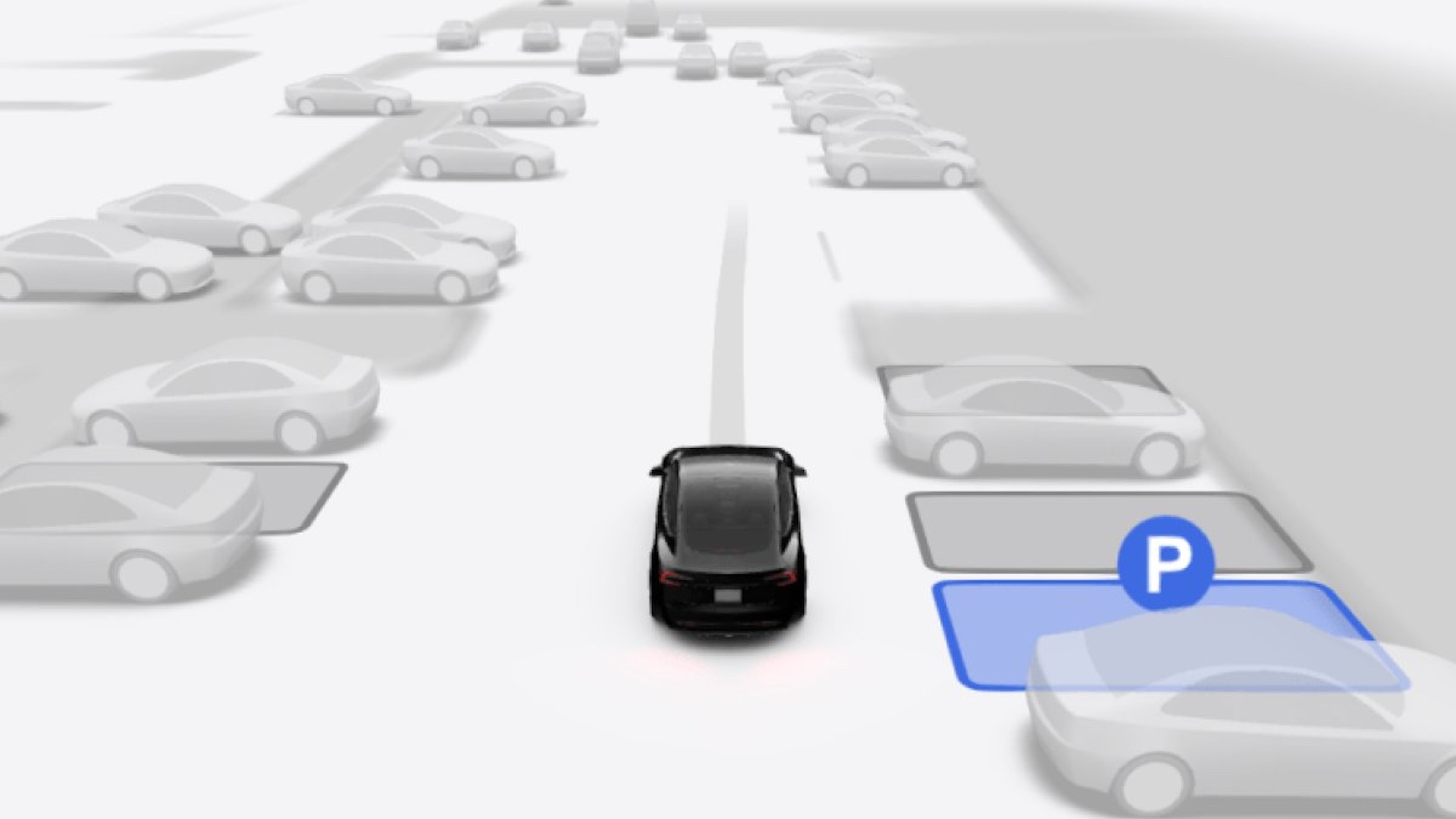Vivo’s V29 Pro, which was launched last year in India, was a pretty good smartphone on paper and in real-world use as well. Its successor, the new Vivo V30 Pro, also has a few new tricks up its sleeves with some interesting Zeiss-branded cameras. The trio of 50-megapixel cameras claim to offer some interesting portrait photography features called ‘Zeiss Style Bokehs’ that aim to mimic high-end Zeiss camera lenses. The brand has also stressed the inclusion of Zeiss-branded cameras, which, for the very first time, are available on a V series smartphone. But all these fancy camera features come with an above-average mid-premium price tag. After thoroughly testing out this phone, let’s find out if it’s worthy of its price tag and how well it stacks up against the competition.
Vivo V30 Pro Review: Price in India
The Vivo V30 Pro is available in two variants: one with 8GB of RAM and 256GB of storage, which is priced at Rs. 41,999 and another with 12GB of RAM and 512GB of storage, priced at Rs. 46,999. It comes in two colour options, Andaman Blue and Classic Black, in India, unlike the global variant, which is available in four colour options. The smartphone competes with the OnePlus 12R, Samsung’s Galaxy S23 FE and the Nothing Phone 2.

The Vivo V30 Pro comes with an 80W adaptor
Vivo V30 Pro Review: Design
We received the Andaman Blue colour option, and this variant has a glossy glass rear panel, which, according to the brand, resembles the emerald waters of the Andaman and Nicobar Islands. The glossy surface is quick to attract fingerprints, but this bright colourway does not highlight them as much as a darker shade would. The smartphone doesn’t look very different from its predecessor. There is a squared-off aura light at the back below the camera module, unlike the circular aura light on the V29 Pro.
The raised camera module doesn’t protrude by much, so the smartphone does not wobble when placed on flat surfaces like a table. It uses a three-camera setup on the rear that is aligned in a rounded square with the newly added Zeiss branding.

The smartphone does not wobble on the table as much due to the broad camera module
The silver-coloured Vivo branding is at the bottom of the rear panel. The power and volume buttons are on the right of the curved chrome frame. The speaker grille, microphone, USB Type-C port, and SIM slot are at the bottom.
I also tried the Classic Black colour option. It feels a bit more premium and sports a shimmery black glass back panel that does not attract fingerprints. However, I liked the Andaman Blue colourway.
The smartphone has a premium in-hand feel, and the curved glass sandwich design offers good grip. It weighs 188 grams, which is very light for a smartphone with a 5,000mAh battery and a glass rear panel. At just 7.45 mm, this is a very slim smartphone.
The bezels on the left and right sides of the Vivo V30 Pro are almost non-existent as it uses a curved-edge display that blends with the curved sides of the frame.
The smartphone offers an IP54 certification for dust and water resistance. While it is nice to see Vivo offer this rating, it is quite basic as far as IP ratings go. Other smartphones, both at and below this price point, offer much better protection from the elements. Xiaomi’s Redmi Note 13 Pro+, which we recently reviewed, provides an IP68 rating at Rs. 31,999.
Vivo V30 Pro Review: Specifications and software
The smartphone comes equipped with the 4nm MediaTek Dimensity 8200 5G SoC, which is a slightly dated processor (launched in 2022) that competes with Qualcomm Snapdragon 7 Gen 3 SoC available in some mid-range smartphones priced between Rs. 25,000 to Rs 30,000. The Vivo V30 Pro offers a maximum of 12GB of LPDDR5X RAM and up to 512GB of UFS 3.1 storage. It uses a dual-nano sim card tray to accommodate two 5G sim cards but does not have space for a microSD card.
Other features include Bluetooth 5.3 and a USB 2.0 Type-C port for charging the device and data transfers. The Vivo V30 Pro is powered by a 5,000mAh battery that can be charged using the provided 80W charging adapter.

Vivo V30 Pro will get two major OS updates and three years of security patches, according to the brand
On the software front, it runs on Funtouch OS 14 Global, which is based on Android 14. The interface is quite smooth across the board, but it still has a couple of pre-installed apps; not all of these can be uninstalled. Vivo promises two OS upgrades and three years of security patches for the Vivo V30 Pro.
The Vivo V30 Pro uses an in-display fingerprint sensor, which works fine most of the time. However, I did not find it reliable, as it could not recognise my registered fingerprint several times during the review period. It also randomly triggers inside the pocket now and then.
In our benchmark testing, the Vivo V30 Pro delivers mid-range performance in certain areas and delivers decent results. However, it falls horribly short when compared to other devices at this price point, such as the OnePlus 12R. It scored 9,58,187 points in AnTuTu, which is slightly higher than its predecessor, but for Geekbench 6, it scored 979 points in single-core and 3,931 points in multi-core tests, which is slightly less than the Vivo V29 Pro.
Gaming on the Vivo V30 Pro is decent. I played Asphalt 9: Legends, which ran smoothly, and the smartphone did not lag while doing so. It supports the 60 FPS mode and plays the game lag-free with High-Quality visual quality selected. Call of Duty: Mobile worked smoothly and I didn’t notice any frame drops with the High graphics settings turned on. However, with Very High graphics quality and maximum frame rate, the game does lag a little, and it isn’t a smooth experience. The smartphone did not get very warm during the gameplay either.

The Vivo V30 Pro did not overheat while gaming
The 6.78-inch full-HD+ curved-edge AMOLED panel offers a 120Hz refresh rate and a claimed peak brightness of up to 2,800 nits. By default, the display produces good colours that aren’t overly saturated. It gets quite bright outdoors but the colours get washed out when viewing the display in direct sunlight. The smartphone has a single down-firing speaker that is loud enough, but the lack of a second speaker is disappointing at this price point.

The display is HDR10+ certified
The 5,000mAh battery performed well in our battery video loop test. It ran for 19 hours and 10 minutes, which is good and a little better than its predecessor. In our charging test, the smartphone charged to 71 percent in 30 minutes and completed the charge in 60 minutes using the provided 80W charging adaptor.
Vivo V30 Pro Review: Cameras
The Vivo V30 Pro is a camera-centric smartphone that comes equipped with quite a few useful features. It has three rear-facing cameras, including a 50-megapixel (Sony IMX920) primary camera with an f/1.9 aperture and optical image stabilisation (OIS), a 50-megapixel (Sony IMX816) f/1.9 telephoto camera with 2x optical zoom and another 50-megapixel ultrawide camera. The phone has a 50-megapixel camera with an f/2.0 aperture and autofocus for selfies.
The 50-megapixel primary camera captures very detailed images in daylight with good dynamic range. It produces images that aren’t overly saturated and don’t look over-processed, either. I found the capture speed to be a bit slow, it takes a couple of milliseconds to click a photo at times, especially with HDR images.

Images shot using the primary camera in bright daylight have plenty of detail (tap image to expand)
The 50-megapixel telephoto is good for daylight shots. It maintains the same colour tones as the primary camera and produces images with good details in the highlights and shadows. However, it processes the images a bit more, so they often come out softer than the primary camera despite having the same resolution. There is also an option to click images at 4x zoom, but the images at this point are very soft and only usable sometimes.

Vivo V30 Pro telephoto camera sample. (tap image to expand)
The ultrawide camera uses the same 50-megapixel resolution, but it produces images in an entirely different fashion. The colour scheme doesn’t match that of the other two cameras, the images come out softer, and you only get good shots when there’s plenty of light.

The ultrawide camera has a different colour scheme when compared to the other two cameras (tap image to expand)
The 50-megapixel front-facing camera handles harsh lighting situations well, but there will be some instances where the images tend to have ramped-up shadows, especially with the backlit shots.

Front facing camera clicks images that are rich in contrast and have slightly higher saturation levels (tap to expand)
Before discussing this smartphone’s low-light capabilities, let’s discuss Vivo’s Zeiss partnership.
Zeiss and Vivo have partnered for the X series of smartphones for quite a long time, but this is the first time that the two brands have collaborated for a V series smartphone on the Vivo V30 Pro and not the vanilla V30. This time it is not entirely the same thing, for the X series, Vivo has the Zeiss logo and the iconic T logo printed around the camera module which signifies that the camera has not only been co-engineered with Zeiss but also uses the T coating.

The smartphone sports a three-camera setup on the rear
This is not the case for the Vivo V30 Pro; it only has the Zeiss logo without the T* sign, and as confirmed by the brand, the lenses do not have the coating.
So what this means is that the Vivo V30 Pro does have the Zeiss lens emulators within the camera app while you click portraits but the results will not be as good as the ones shot on a X series smartphone.

Portraits shot with Zeiss filter, without aura light (left), with aura light (right) (tap to expand)
I did play around with these filters (called Zeiss Style Bokehs) and it is a good addition for a mid-range smartphone. I tried these out with the new aura light and managed pretty good portraits. The aura light can accommodate the colour temperature in accordance with the lighting environment automatically or one can manually adjust it too.
Low-light photography on the Vivo V30 Pro is a mixed bag. The primary camera clicks visually stunning images despite no light being in the frame. I shot some images in pitch darkness, and the camera still managed to bring up the colours with good details in them. Despite the smartphone taking longer to shoot in the dark, I didn’t get blurry images, thanks to OIS being present on this one.

Images shot with night mode take slightly longer to click. Shot with primary camera (tap to expand)
The telephoto camera shots aren’t outstanding in pitch darkness, but they produce good images with scenes that have some light in them. The saturation levels are decent, but the images do look over-processed and are softer than usual. The same is the story for the ultrawide camera as well. The images taken with it are softer and do not maintain the same colour scheme, which can be a bummer.
The front-facing camera works well in low light. It keeps a decent look throughout the frame and does not turn night to day by overexposing it. Focus is something that it struggles with sometimes.
The Vivo V30 Pro can shoot videos at up to 4K 60fps on all three rear cameras and the front camera as well. This is where OIS shines for the videos shot using the primary camera. I shot multiple videos through the primary camera and the results were quite impressive. The camera handles harsh sunlight well and showcases good dynamic range. Shooting on the go has gotten better since the Vivo V29 Pro, the smartphone does not struggle with moving shots as much and the stabilisation is quite good. Results from the telephoto and the ultrawide camera are also impressive. Surprisingly, the three rear cameras manage to maintain a similar colour tone for videos. In low light, the cameras do struggle and you will see quite a lot of noise in your shots, especially for the telephoto and the ultrawide camera.
The 50-megapixel front-facing camera shoots decent enough videos that pop out in harsh lighting conditions but sometimes misses focus. The low-light video on this one is hit or miss. There were instances where I ended up with a washed-up shot that wasn’t very useful. Sometimes, it produced videos that had pretty good details in them and were well-lit as well.
Vivo V30 Pro Review: Verdict
The Vivo V30 Pro is not a huge jump from its predecessor, the Vivo V29 Pro. In terms of user experience and camera performance, Vivo offers only incremental upgrades, like slightly faster charging with longer battery life. Then, there are a few new camera features, like the inclusion of Zeiss Style Bokehs (or filters) on a V series smartphone, that might entice a consumer who loves shooting portrait photos.
Sadly, the phone misses out on some key features found in other smartphones at this price point, like a better official IP rating for dust and water resistance and the new AI features that most manufacturers are focussing on in 2024. It’s also using a rather dated processor, which isn’t exactly champion when it comes to performance given its premium price tag, which starts from Rs. 41,999.
Strangely, this is not exactly a problem. Vivo basically trades performance for better camera hardware and features (some of which have trickled down from its top-end Vivo X series devices). Simply put, it’s a smartphone that’s focused on photography and will not cater to gamers or power users.
If you are looking for something more powerful at this price point, the OnePlus 12R (Review), which offers much better raw performance with its Qualcomm Snapdragon 8 Gen 2 SoC. If you are somebody who needs AI features and an official IP rating, the Pixel 7a (Review) also retails at the same price but also offers better software (with fast updates) and very reliable camera performance.
Affiliate links may be automatically generated – see our ethics statement for details.
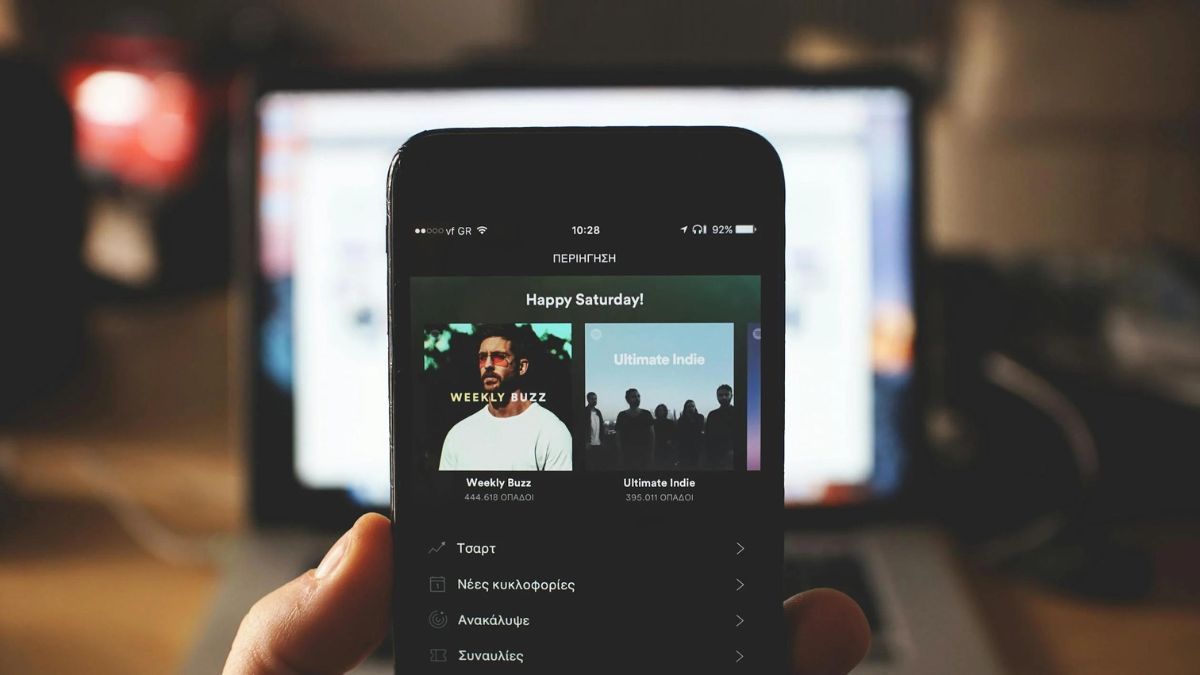

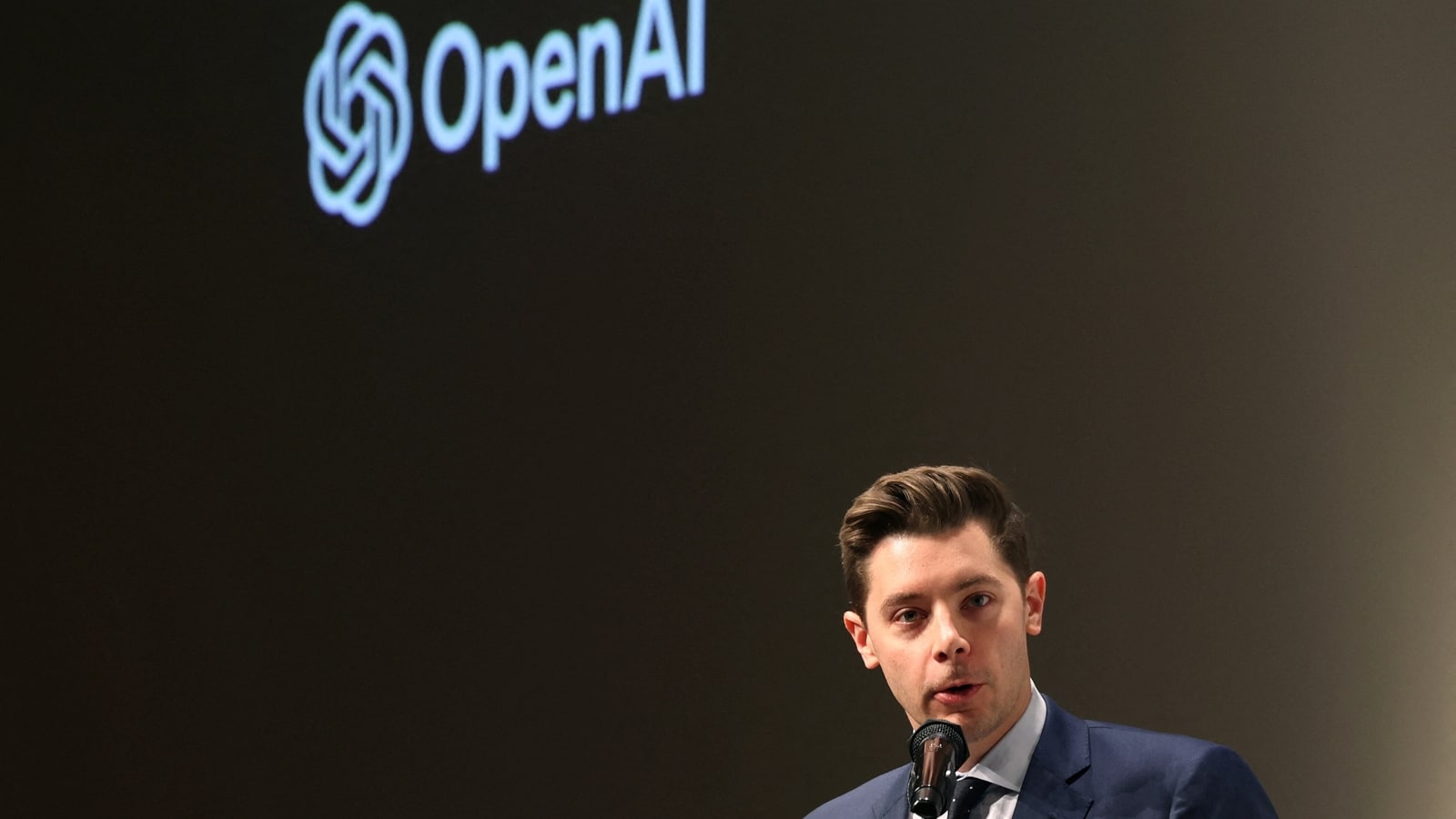
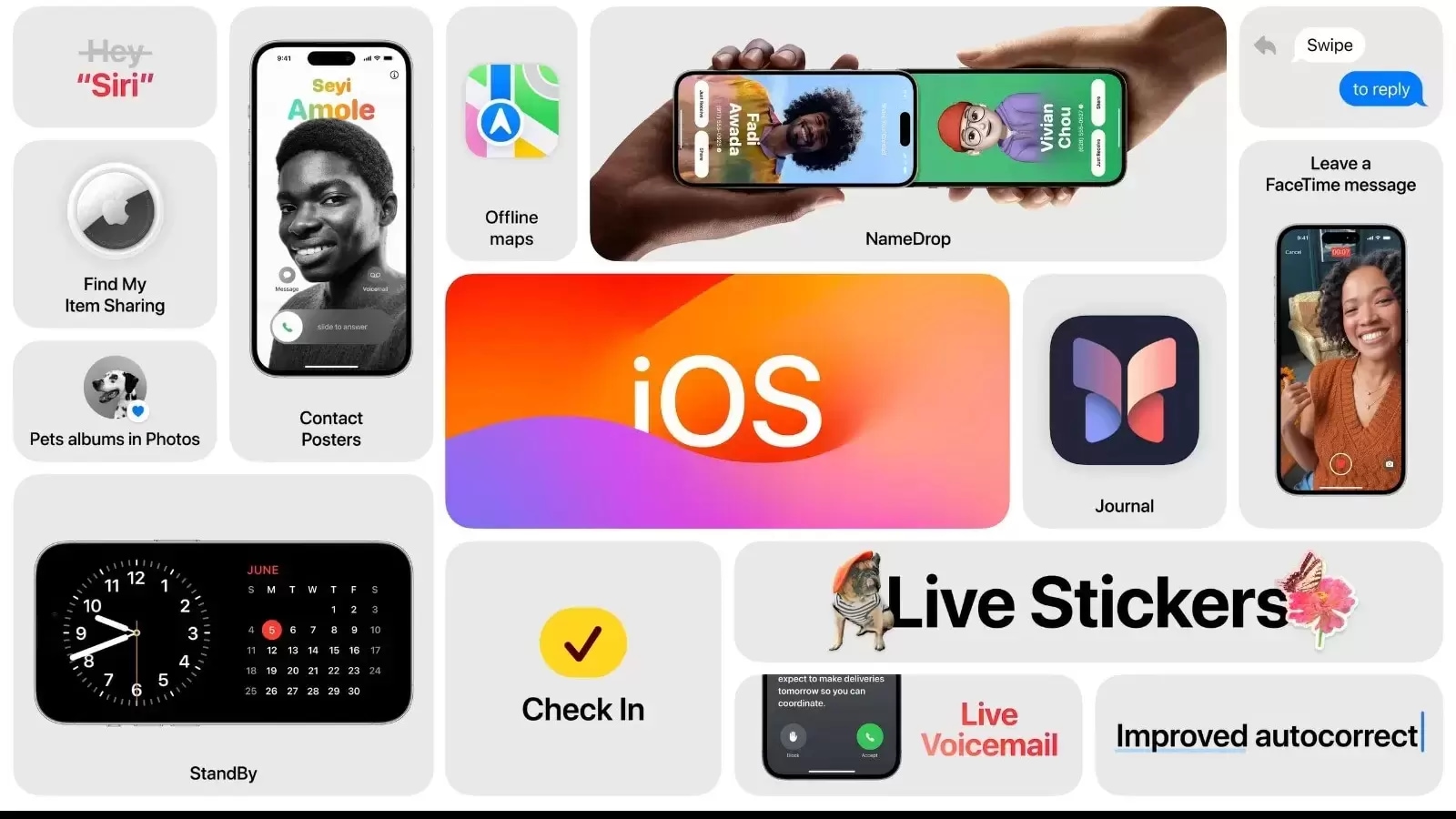


![AI roundup [ April 15]: AI to bring diversity in fashion, research begins on how AI will impact immersive media, more](https://scrollingindia.com/wp-content/uploads/2024/04/AI-roundup-April-15-AI-to-bring-diversity-in.jpeg)
